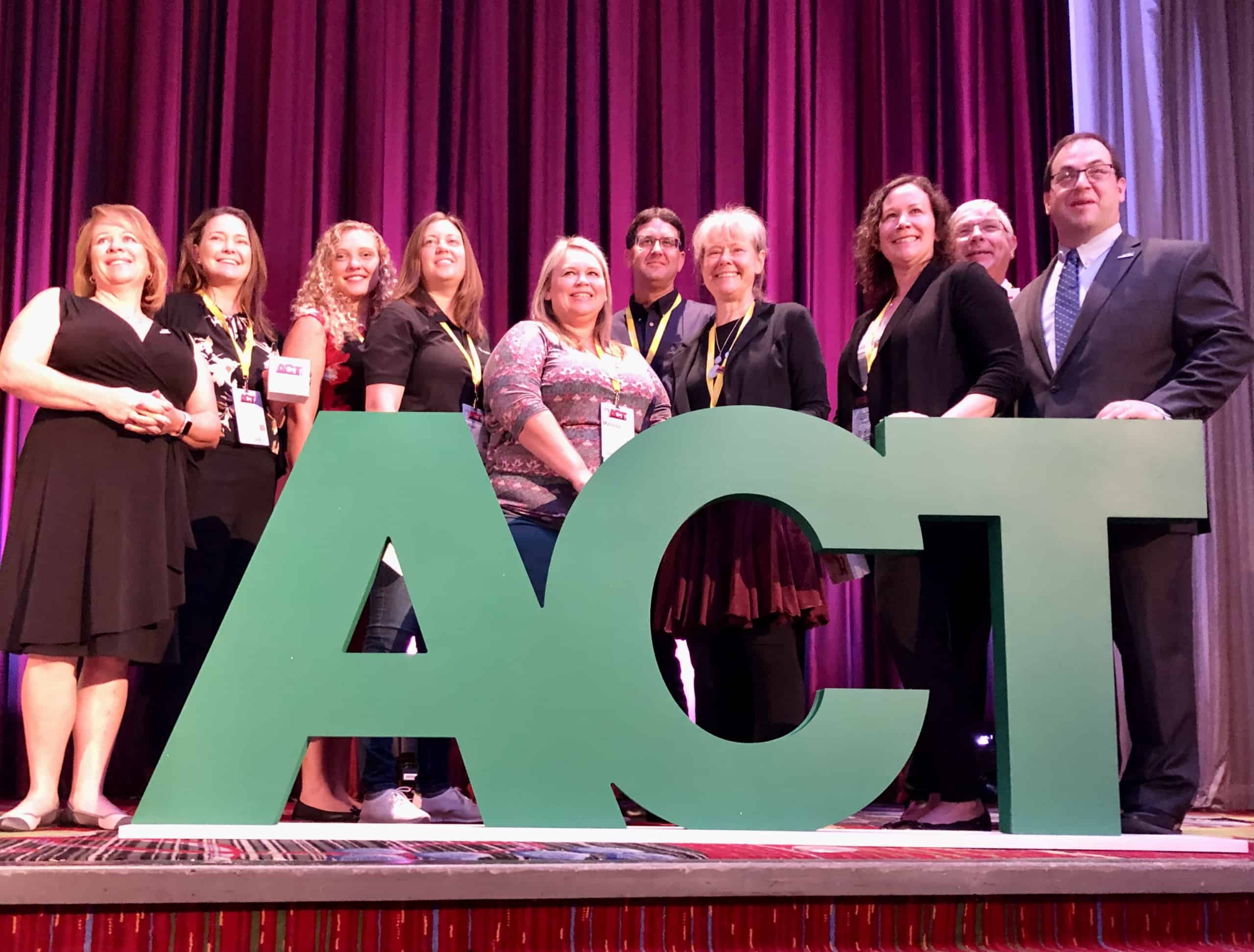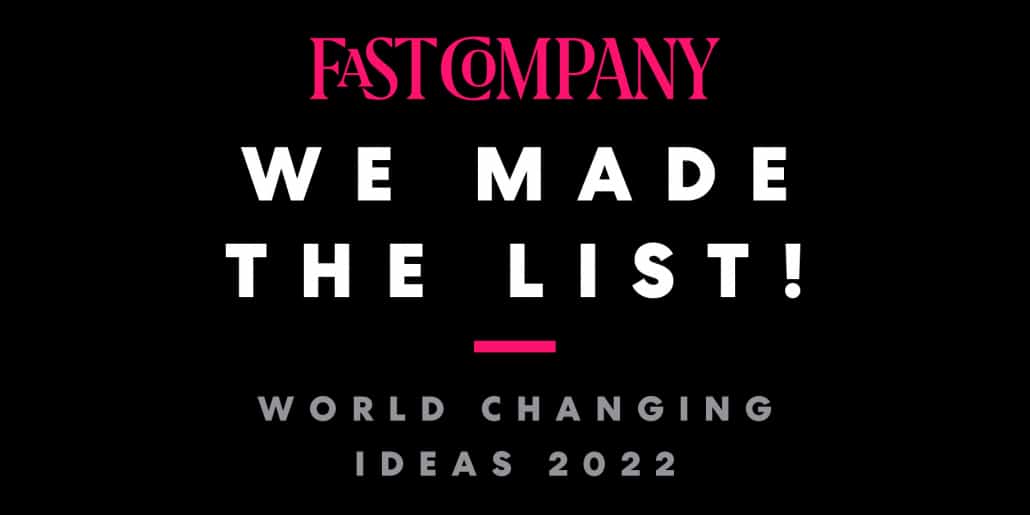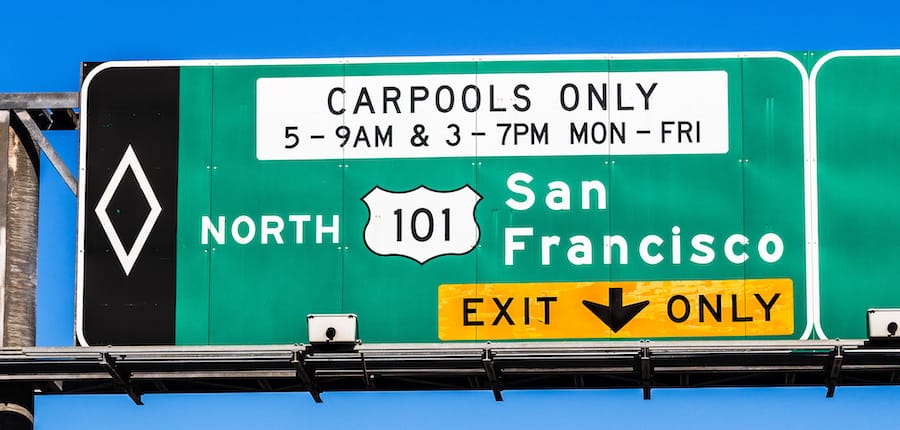Why Commutes Should Be Part of Your Benefits Package

Employee benefits and perks are a big deal and they can make all the difference in the competition for top talent. In fact, according to a 2018 survey from Glassdoor, 63 percent of job-seekers focus on benefits when reviewing job ads. When done right, those same benefits also help your existing team stay more engaged and productive, leading to higher levels of employee satisfaction and retention. If companies want to attract—and keep—employees in a tight job market, incorporating the right mix of benefits into the compensation package is essential.
Small benefits can make a big difference
A growing number of employers now offer portfolios of smaller, more targeted benefits to support individual employee needs on top of the standard packages for healthcare, financial planning, and paid time off.
As one example, a 2020 survey from the Society for Human Resource Management found that during the pandemic, employers increased investments in wellness benefits—from financial health and family planning to meditation—all to help their teams bring their best selves to work.
With many remote workers back in the office, and increasing traffic in urban areas, the employee commute is emerging as a key area of concern for employers. Rightfully so: commuting to work takes up a significant amount of time—just under an hour a day for the average worker, according to the United States Census Bureau. And, as it turns out, a stressful commute can be a deal breaker. In an often-cited 2018 survey by staffing firm Robert Half, nearly a quarter of respondents said they had left a job because of a bad commute. It’s more important than ever for employers to be considering benefits packages that include support for commuters.
Employers and employees co-own the commute
The last two or so years have forced widespread reflections on the way we work, how we prioritize our time, and our relationship with our employer. Along with that comes an increased recognition that commuting to a worksite is often an extension of the work itself.
We are all more conscious of the burden that a commute can put on workers and, hopefully, grateful to those workers who make the journey to hospitals, grocery stores, manufacturing facilities, and other essential services that everyone relies on. Employees that are required to be physically present to perform their jobs are effectively giving that extra hour to their employer. With record-setting gas prices and steep inflation, that trip is also taking a larger chunk of their wages. Benefits packages should reflect this co-responsibility for the commute.
Commuting doesn’t have to be all bad. For knowledge workers using transit or riding in a carpool, the commute can provide time to respond to Slack messages, read industry reports and articles, scroll posts from thought-leaders on Twitter, and sort out their inboxes. For those who can’t accomplish work in a shared commute, the time traveling to and from work can be an important boundary, one in which they can catch up on personal reading or mentally prepare for or recover from the workday. And for those able and inclined to choose an active commute, multiple studies have shown activities like biking or walking to work are linked to higher commute satisfaction and physical and mental health benefits.
There are other organizational benefits for companies that optimize the commute for employees, too, such as:
- Furthering sustainability: For employers committed to sustainability, efforts to encourage commuters to opt for more environmentally friendly modes of transport are a big win. For employees who are values-driven (a trait growing more and more common in the modern workforce), tools that help them see the impact of their sustainable choices help reinforce their engagement with their company’s mission. Commuters using our apps in the Bay Area alone are saving around 25,000 tons of CO2 each year by choosing sustainable modes.
- Promoting wellness: While more research is needed into the specifics, sitting too much is a real health problem. As the Mayo Clinic puts it, “it seems clear that less sitting and more moving overall contribute to better health.” Your organization may already have wellness programs that encourage employees to go to the gym or incentivize other healthy behaviors (like quitting smoking) – a commuting program that nudges people to consider riding a bicycle or walking to work fits into that same wellness framework.
- Saving on facilities expenses: The cost of renting space in parking lots—or building a parking lot—can be steep for employers. One company using RideAmigos apps saved $20,000 a month on parking leases by giving commuter incentives to employees who switched to cycling to work instead of driving.
Empower better commutes with better tools
It’s obvious why programs that support commuters are getting more attention from employers than ever, but curating the right benefits and perks can take work.
Even just to implement small perks like snacks in the breakroom, someone has to be in charge of sourcing vendors, placing orders, maintaining supplies, adjusting the offerings based on feedback from employees, and ensuring equity for employees with dietary restrictions. Launching—and maintaining—a benefit to commuting employees can be far more complex. That’s where smart commute management tools come in.
Helping companies—and employees—rethink the commute and empowering them to choose more sustainable, cost-effective, and satisfying options inspires behavior change. In more than a decade working to empower commuters to make smarter choices, we have seen numerous tactics and strategies be effective in creating that change:
- Check your pro-car bias. Employers that provide free parking for cars but don’t provide secure bike storage and other facilities for active commuters—like showers and changing rooms—are not making it any easier to choose biking, walking, or running to work. Take a fresh look at how welcoming your workplace is for a variety of transportation choices (eg. what does the walk to the nearest transit stop look like?) and make adjustments where possible.
- Offer backup rides. Sometimes workers need the flexibility to get somewhere quickly in an emergency, or to work late when they’re in the flow; that shouldn’t stop them from choosing to carpool or ride transit. A simple, easy-to-claim credit to use for rideshare when they need it can eliminate this obstacle.
-
- Personalized support. Studies show that the more options we have, the harder it is to make a choice, and the less satisfied we ultimately feel with it. Plus the planning that comes along with trying a new commute option can be overwhelming. When you consider that someone has to weigh all the pros, cons, and unknowns about using transit or trying a new bike route—all before work—it’s no wonder that those who have cars often default to hopping in one to get to work. But when advised of their optimal mode, research shows people are likely to take it. Think of how Google Maps tells you when it has found a faster route.
- Reward behavior change. Commuters can earn rewards within an app for taking certain actions—like taking the recommendation to carpool instead of driving alone, or trying transit. The rewards can be redeemed for prizes or perks funded by the employer. This type of gamification is a proven strategy to engage users and help them form new—and hopefully sticky—habits.
Large employers that already have world-class commuter programs and smaller companies that do not have dedicated transportation teams can both offer commute benefits for their employees and contractors. Including employee commute benefits in your total compensation packages can be good for your business and your team.
We’ve been working with governments, businesses, and nonprofit organizations for over a decade to change the way the world commutes. Get in touch with us to find out what kind of program fits your team’s needs.





